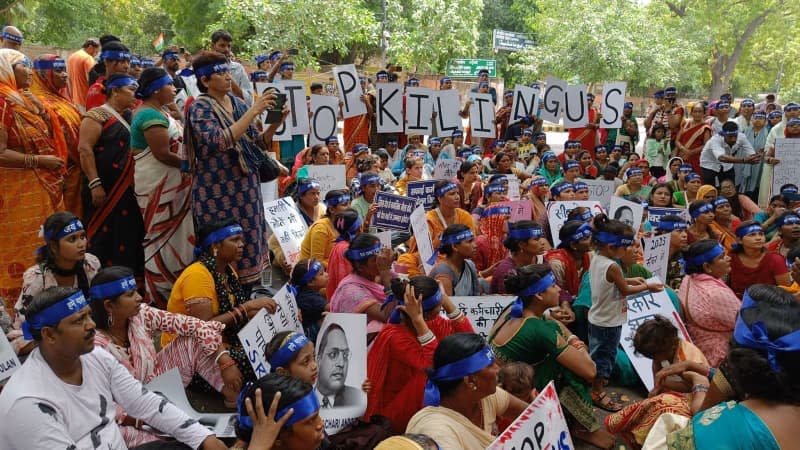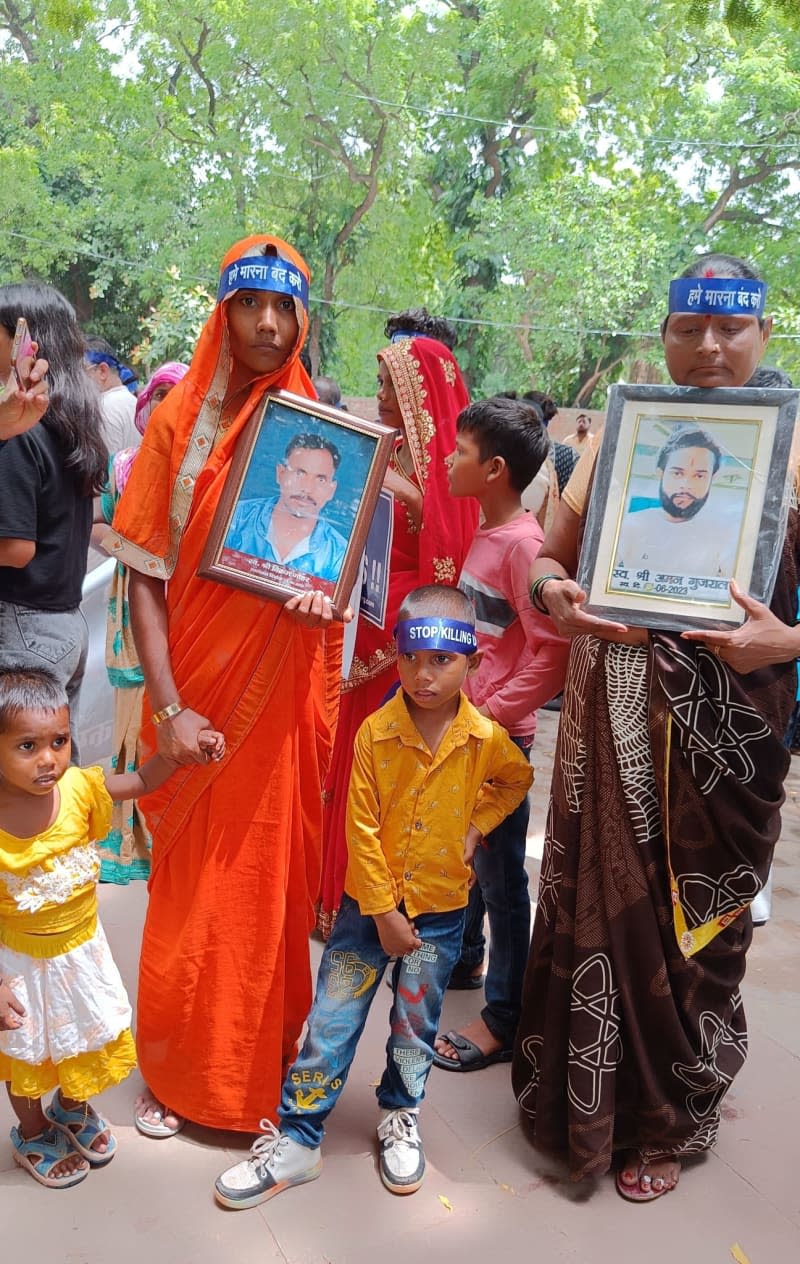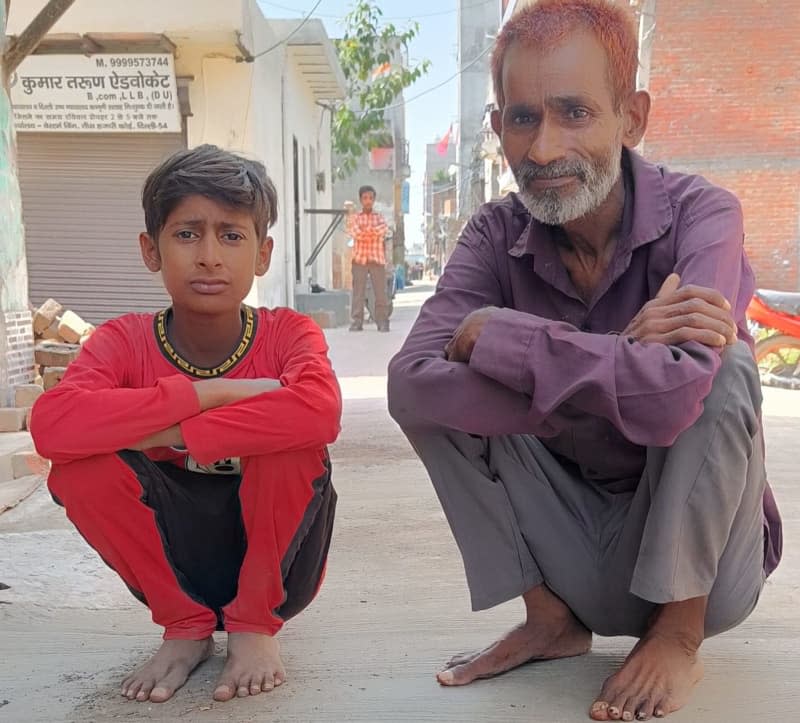Indian sewage pit and canal cleaners lack protection for a deadly job

Sher Singh is barely 50. He wheezes as he tries to sit up in the tiny, rented room in a suburb of the Indian capital.
A little over three years ago, Singh climbed into a 10-foot deep septic tank – a concrete chamber where the untreated filth of toilets collect – to clear a blockage.
He followed three others down into the stinking pit. Two of them did not come out alive and Sher Singh has been an invalid since then.
“As the others went in, they just sat there inside with their back against the pit wall... The same with me, we lost consciousness. Later they said it could have been methane gas.”
All Sher Singh wore when he entered the pit was a pair of shorts. No mask, no gloves, no other protective equipment.
The practice of manually cleaning human excrement was banned under Indian law in 1993 and then again with stricter provisions in 2013.
Engaging a person for manual scavenging can fetch a jail term of two years and a hefty fine. It is also unlawful for anyone, including municipal and village bodies, to employ any person to clean a sewer or a septic tank without the necessary protective gear.
A recent statement by the government in parliament said there was no report of any manual scavenging from any region of India and listed nine deaths while cleaning sewers in 2023.
Another statement said 330 people had died cleaning sewers and septic tanks in the five-year period between 2018-2022.
Bezwada Wilson, founder of the Safai Karmachari Andolan (SKA), an organization that campaigns to end the practice of manual scavenging in India, says the government is ignoring a constant stream of deaths and all one has to do is to look at newspaper reports.
“Fifty-nine Indian citizens were killed in sewer and septic tanks since January 2023, the government is lying when it says only nine people died,” he says. “More than a thousand people die annually,” Wilson claims.
SKA records show that almost every day somewhere in the country men, usually employed by contractors who are tasked with cleaning sewers by civic authorities, climb into stinking, toxic pits and chambers crawling with bugs, snakes, poisonous fumes and other unknown hazards.
They are rarely provided any protective gear and are paid a pittance - around 350 to 400 rupees ($4.20 to $4.80) a day.
The consequences are deadly.
Suman scrambles in her bag for a handkerchief. Amrik Singh mops his eyes on his sleeve. They are overcome by emotions as they hold up photographs of loved ones they have lost.
Amrik Singh and Suman were among the few hundred safai karmacharis (sanitation workers) and their family members who gathered at New Delhi’s Jantar Mantar on a sultry August afternoon to support a campaign to stop deaths of people while cleaning sewers and septic tanks.
Amrik Singh’s 30-year-old son Sukhwinder Singh, nicknamed Happy, had been working as a sewer cleaner for a few years in Punjab’s Sangrur district. “The contractor made him go into the sewer without any safety gear. The noxious fumes made him unconscious, two others went in to rescue him. They survived but my son died.”
The dead man’s sister holds up a placard that reads: “Average Life Span; Male - 72 years; Sewer worker - 32 years.”
It's the same story all over again.
The cleaners are usually employed for a daily pittance by contractors of municipal bodies and agencies. Often the contractors are chosen by the cheapest bid.
The deaths are caused by poisonous gases, drowning, snake and spider bites and lack of oxygen. Thousands of these cleaning workers develop skin diseases, have broken bones, says Ashok Kumar Taank of the Dalit Adivasi Shakt Adhikari Manch (DASAM), a non-profit that works for the welfare of sewer workers and waste collectors in the Indian capital.
“They routinely suffer from diseases like typhoid, cholera and tuberculosis. Many become alcoholics as they try and cope with what may well be one of the worst jobs that exist.”



